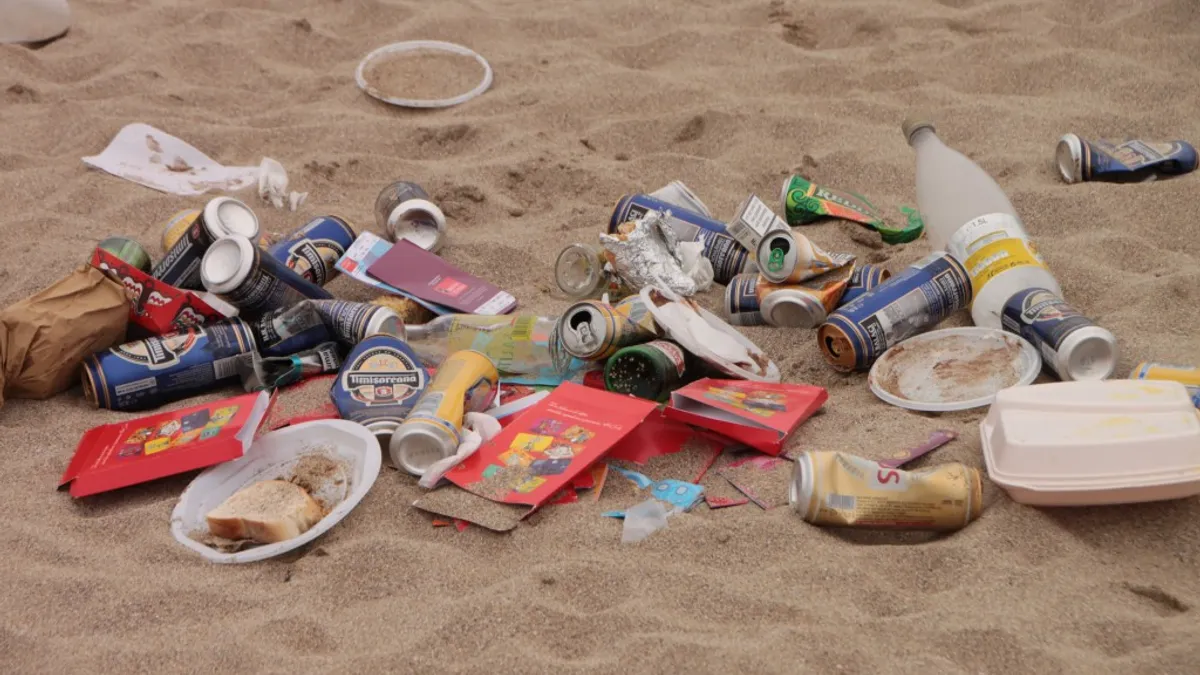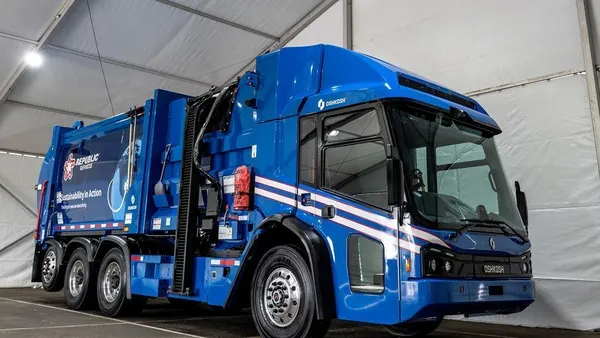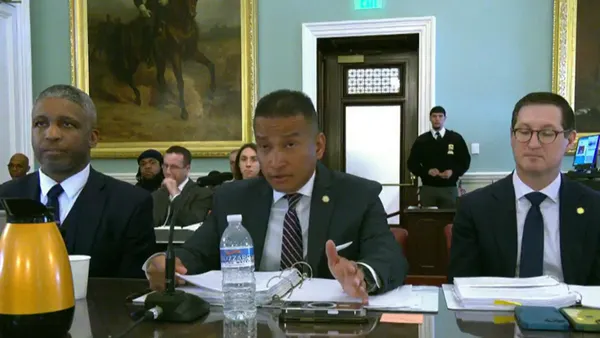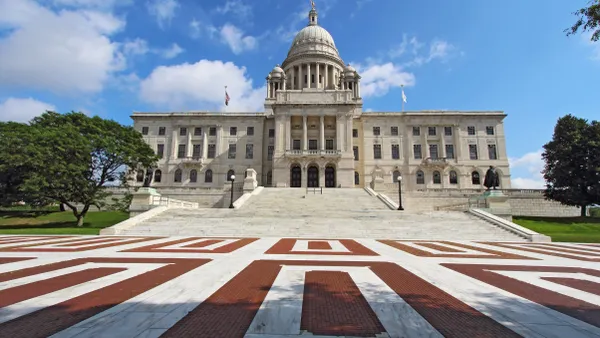Dive Brief:
- A barge filled with marine debris collected from the shores of Alaska and British Columbia arrived in Seattle on Aug. 6, three weeks after picking up its first load in Kodiak, AK.
- Volunteers in Seattle will decide what can be recycled and what must be taken by train to a disposal site in Oregon. Janna Stewart, with the Alaska Department of Environmental Conservation, said the task could take a couple of weeks.
- The project was spurred by the amount of material that has washed ashore, some of it by the 2011 tsunami in Japan, the Associated Press reported. Marine debris in general is an ongoing environmental problem, due to the high cost of shuttling small boatloads of debris from remote sites to port, and a demand by the Anchorage landfill that fishing nets and lines be chopped up — a task that Stewart called impossible.
Dive Insight:
Volunteers in Seattle are faced with a huge project. In addition to sorting the hundreds of tons of debris, they will also attempt to identify and return to Japan any personal items or items that can be traced to a specific region, AP said.
The project was coordinated by Gulf of Alaska Keeper, which committed $100,000. Its president, Chris Pallister, worries about securing funding to continue the work, the total cost of which is still being tallied. The barge project was funded in part with $900,000 from the state's share of a $5 million gift from the Japanese government for states affected by tsunami debris.
The trash problem along the 2,500 miles of Alaskan coastline has been an issue for many years.
"Even without the tsunami, Alaska is well-known for being polluted with all these buoys and other stuff from fisheries activity and from other human activities," said Nikolai Maximenko, a senior researcher at the Hawaii-based International Pacific Research Center.













